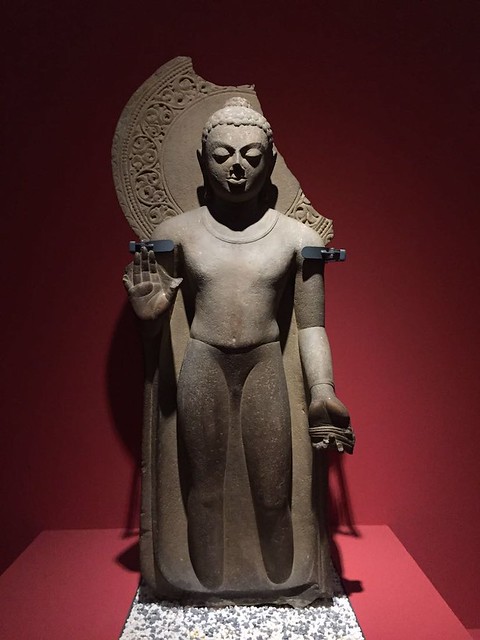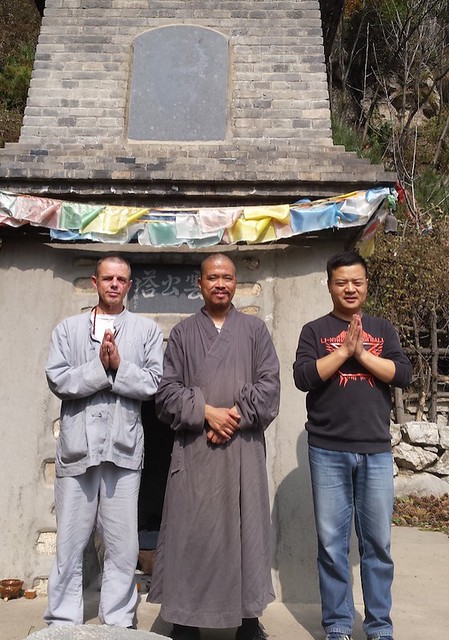
Demolition Work at Larung Gar Halted as Winter Closes In
State authorities in Sichuan have reportedly called a halt to demolition work at Larung Gar and suspended the expulsion of monastics as winter deepens.

State authorities in Sichuan have reportedly called a halt to demolition work at Larung Gar and suspended the expulsion of monastics as winter deepens.

Pristine Pure Land teacher Master Jingzong (b. 1966) once wrote about why he would not want to be born anywhere else except in China: “For all

According to the Washington, DC-based Pew Research Center, 18.2 per cent of China’s population—that is 224 million people—are Buddhists, accounting for about half of the

The transmission of Buddhist art from India to China is a fascinating topic. Indeed, how did pious and profound art, along with a complex belief

The state authorities have reportedly canceled the annual Dechen Shingdrup ceremony scheduled to be held at the renowned Larung Gar Buddhist Academy.

Qianfo’an (千佛庵), the Temple of One Thousand Buddhas, better known as Xiaoxitian (小西天) or the Little Western Paradise, is located in present-day Xi County, Linfen

By the early 20th century, Chan Buddhism had declined and diminished in China. As the Dharma heir of both the Caodong and Lingji lineages, Master

In this article, I would like to reflect on how to read Japanese Buddhist texts. To explain my strategies for approaching texts distant in time,

The small van drove through the archway of the monastery where I had been ordained and spent four years of my life as a monk.

Reports and photographs indicate that state authorities have begun evicting residents and dismantling buildings at the famed Larung Gar Buddhist Academy.

There are many exciting aspects to Chinese president Xi Jinping’s ambitious development framework known as “One Belt, One Road” (OBOR).* A Eurasian economic resurgence could

In October 2013, while on retreat at Zhen Ru Chan Monastery in China’s Jiangxi Province, I met a Chan master named Wu Xuan. He was